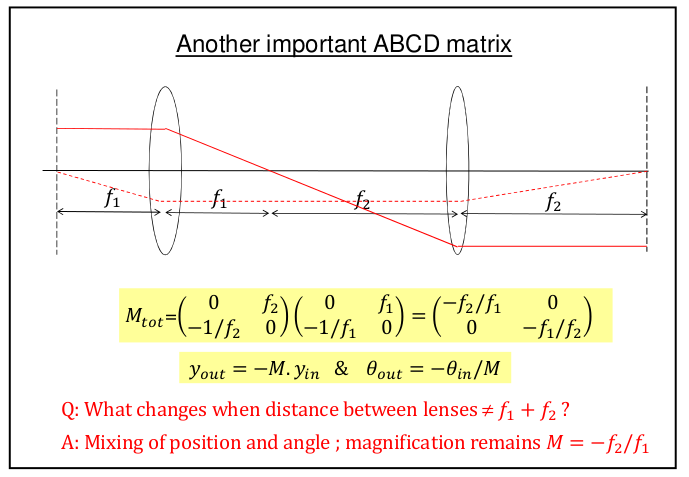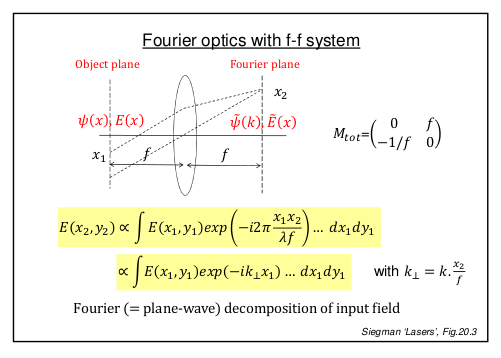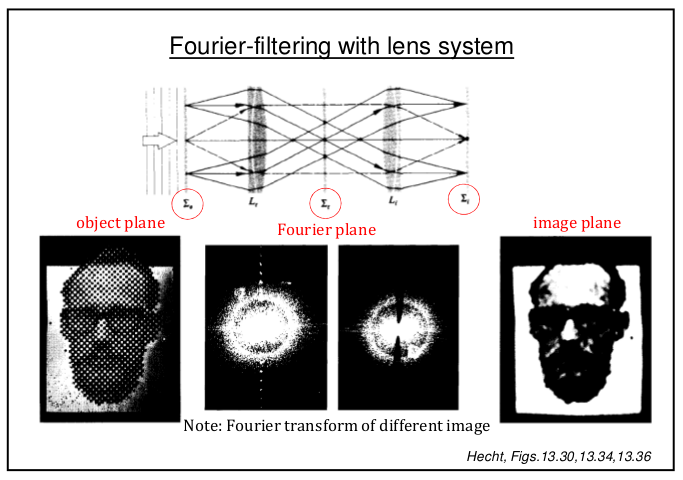孤虛者言︰
物有無者,非真假也。苟日新,日日新,又日新。真假者,物之論也。論也者,當或不當而已矣。故世有孤虛者,言有孤虛論。孤虛何謂也?甲乙孤虛,言不得全真也,索其孤其虛而已矣。天地孤虛 ,去其上下也,善惡孤虛,何得善惡並真乎?是故孤虛論全矣!
其法曰︰物物孤虛,言物之非也;孤虛之孤虛,此孤虛 之非也。使甲與乙並,此甲乙辜虛之非也,強使之或,乃非甲非乙之孤虛也。若云由此及彼,雖言之鑿鑿,若非彼與此之孤虛,无能以斷疑是也 !!
假使依據孤虛 ── Sheffer 豎線 ──所說則︰
非 ︰
且
︰
或
︰
若 則
︰
── 摘自《M♪o 之學習筆記本《子》開關︰【黑水智】數位之源》
若說生物擁有眼睛,所以得見天地萬象。人類已有出類拔萃之眼睛 ,而且能知『成像定律』︰
‧ 空間‧透鏡‧空間,成像也!
‧ 透鏡‧空間‧透鏡,等效於透鏡乎??
pi@raspberrypi:~L = f_1 + f_2
L
C$ 為零。
不知為何鮮少闡述此『平行光分解原理』的哩???或可參照
Professor of Experimental Astrophysics‧ Current Courses
‧ Course Outline
QAI-waves2.pdf
教授講解的了!!!



